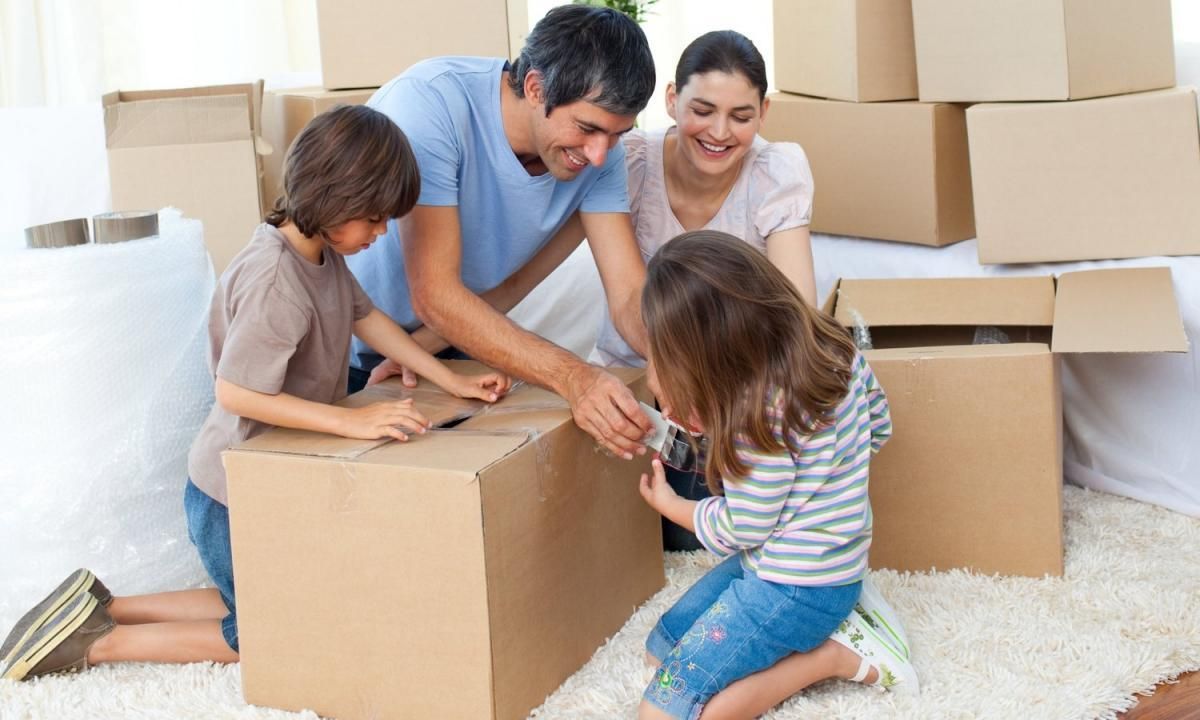Moving with the family | How to help children adjust to a new home and environment?

Moving with your family can be a stressful experience for children because it means a change in their lives and environment. Here are tips on how you can help your children adjust to their new home and environment.
Talk to your children about the move
Before the move begins, talk to your children about what will be happening. Appropriately tailor the conversation to your child’s age and ability to understand. Answer their questions and concerns, and try to calm any fears they may have.
Pre-move visit
If possible, visit the new home with the children before the move. This will allow them to familiarise themselves with their new surroundings and feel more comfortable.
Toys and children’s favourite things
Let your children pack their favourite toys and things that will make them happy in their new home. This can help them feel more comfortable in their new place.
Planning a move
Involve your children in the move planning process, if they are up for it. Let them choose the colour of their new room, help with packing or unpacking things. This can make them feel more involved and in control of the situation.
Maintain harmony after a move
Follow consistent routines and schedules, especially during the moving period. Children feel safer when they know what to expect. Try to maintain daily routines such as meals, bedtime and playtime.
Ensure continuity of contacts after moving to a new location
If you are moving to a new city or a place where your children will lose touch with their existing friends, help them maintain these relationships. Organise visits, phone calls or use social media to keep them connected with their friends.
Find new friendships
Help children make connections with their peers in a new environment. You can look for local educational facilities, after-school activities or other community events where children can make new friends.
Create a new environment
Help your children feel connected to a new place. Explore the area together, visiting parks, museums, libraries and other places of interest. You can also go shopping together at local shops, which can help with a sense of belonging.
Create a cosy place
Take care of the décor of your children’s room in your new home to create a cosy and safe place for them. Let your children choose the wall colour, decorations and furniture they like. This can help them feel that their new home is their own place.
Develop new interests
Try to identify new interests or activities available in the new place that might interest the children. This could be a new sports club, art group or extra-curricular activity. This gives children the chance to make new friends and develop passions.
Look for places of interest after the move
Explore new places of interest in the area together with your children, such as parks, cultural establishments, shops and restaurants. This can make children feel more connected to their new environment.
Allow time to adjust after the move
Remember that it may take time to adapt to a new home and environment. Be patient and provide emotional support to children as needed.
Encourage children to talk about the move
Encourage children to express their feelings and concerns. They may need time to open up, so leave the door open to talk and listen carefully when they want to talk.
Give emotional support
Be available to children and offer emotional support. Listen to their concerns and try to respond to them. If they need help coping with emotional difficulties, consider consulting a psychologist or therapist.
Take care of your own wellbeing during the move
Your own emotions and approach to the move can affect your children. Try to be calm and positive in the face of change so that your children can model your approach.
Moving in with the family
Removal can be a challenge, but with the right support and understanding children can adjust more easily to a new home and environment.
